SUNSTRUCK
Contains archival photographs and writing triangulating land and seasickness, the horizon line, and the language of distance and desire. Including a 1000-word essay, 49 figures from 1916-2018, and notes on provenance, SUNSTRUCK, engages the physiological nature of disorientation while calling into question the mutability of time, photography, and sight.
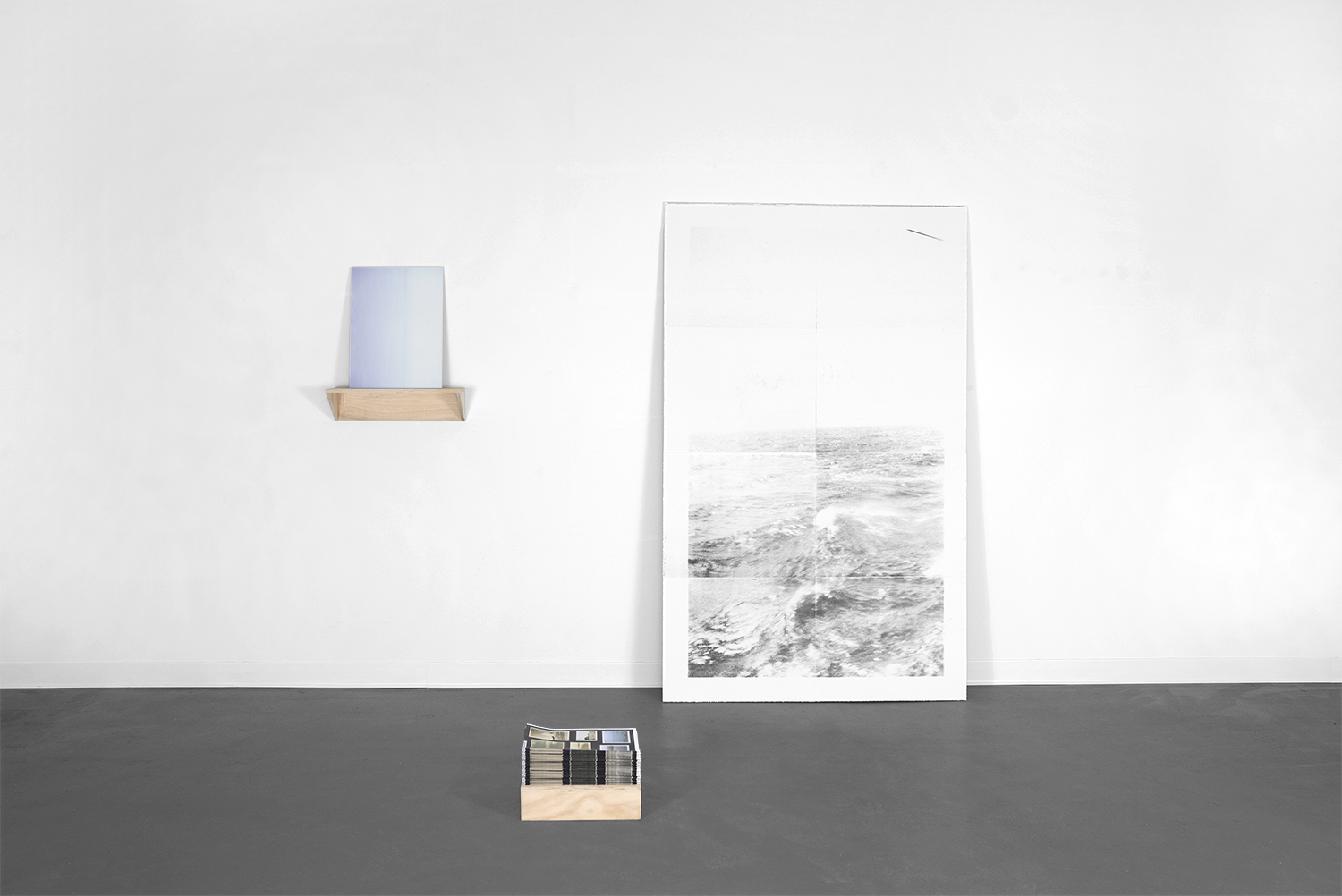
Absent-present ground, digital image from FP-100c film on panel, newsprint broadside on wood & screen prints on panel, 2018-19

For Seasickness (every love has its landscape), screen prints on stonehenge, 78”x96”, 2018

Past-present ground, digital image, 2019-20
For Seasickness (every love has its landscape): A Meditation on the Physiological Nature of Loss, Distance, and Desire
Sunstruck. [It was] the kind of light that could make you remember what you lost. 1
The kind that pulls at you, scattering your sense of ground—a figment for what evaporated at the horizon. Minutes to years, present to past, forward and paused, again. The water rises and it falls. A continuous reminder that light, like memory, always has a way of escaping us. Like an incantation, serpentine fever dream, a promise for facticity like your photic memory processed. Light leaks off the page, splitting the margins and trembling the floor, obstructing every seam you thought you had sewn shut. Sun-soaked, sun-stained, sunburnt. Light fills the gaps of perceptible space, ravishing what is invisible to the senses. Most light is lost upon our eyes. 2
But the horizon is always already lost. Seasickness is one such result of this loss—a plague at sea and on land. 3

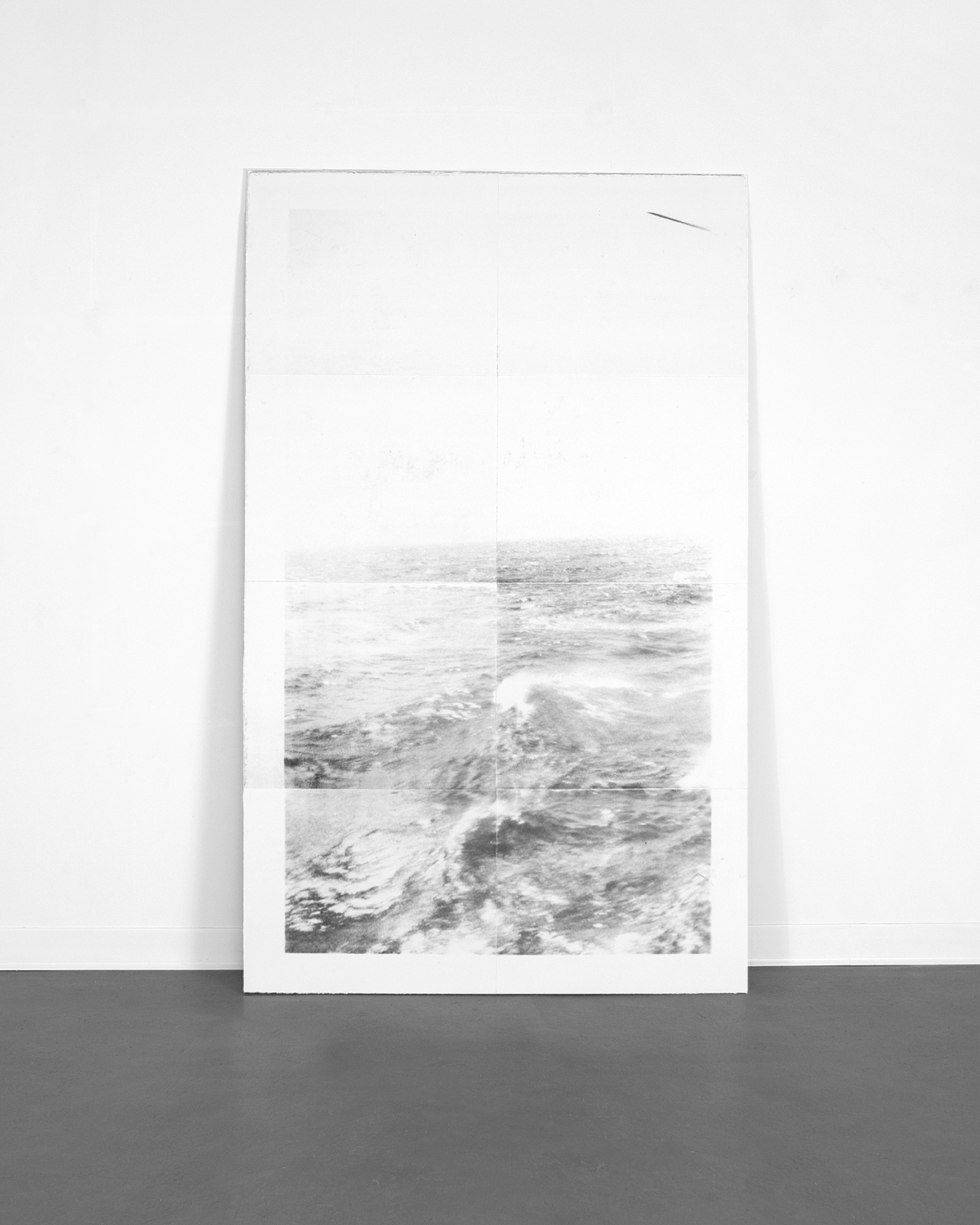


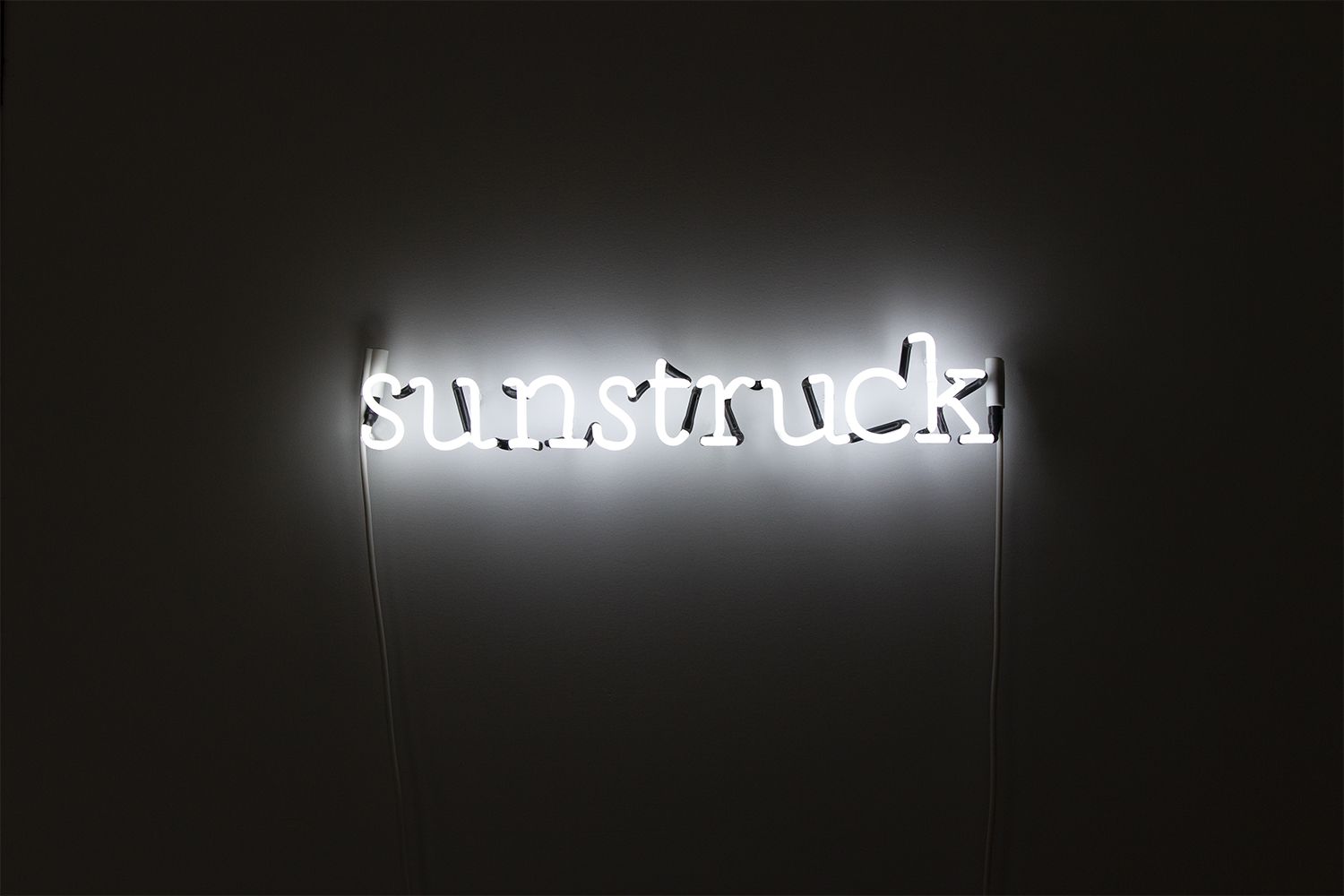
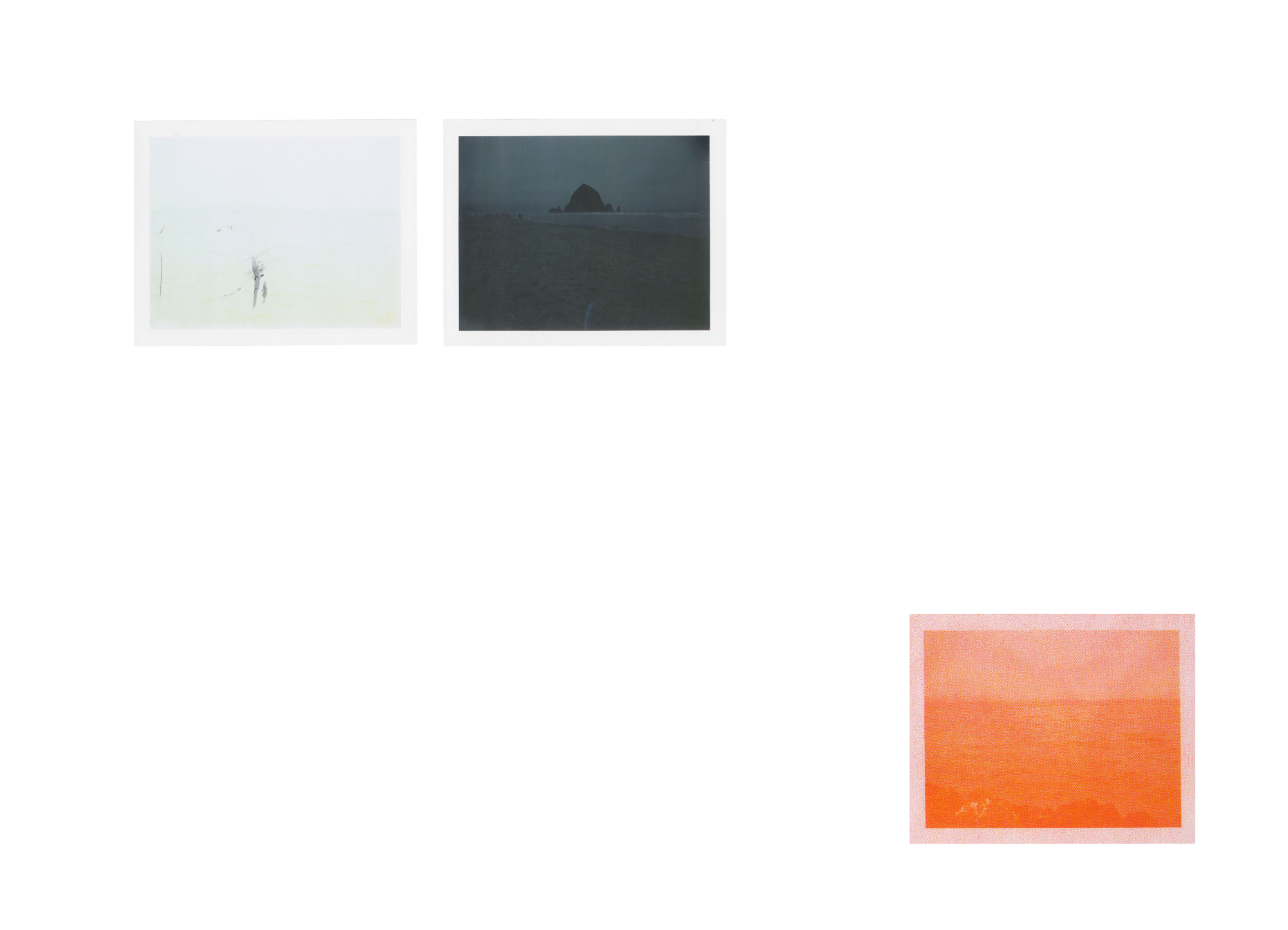




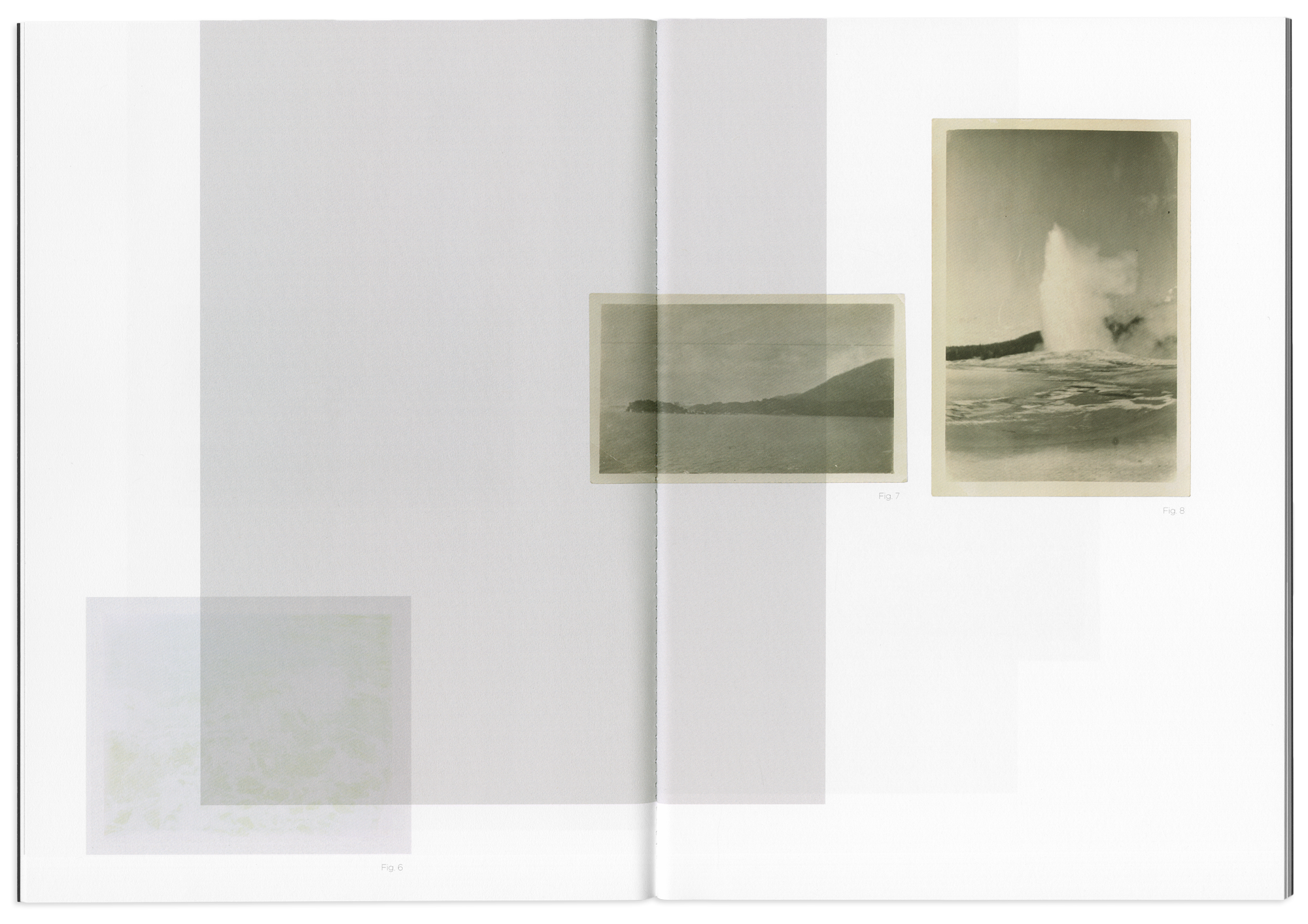
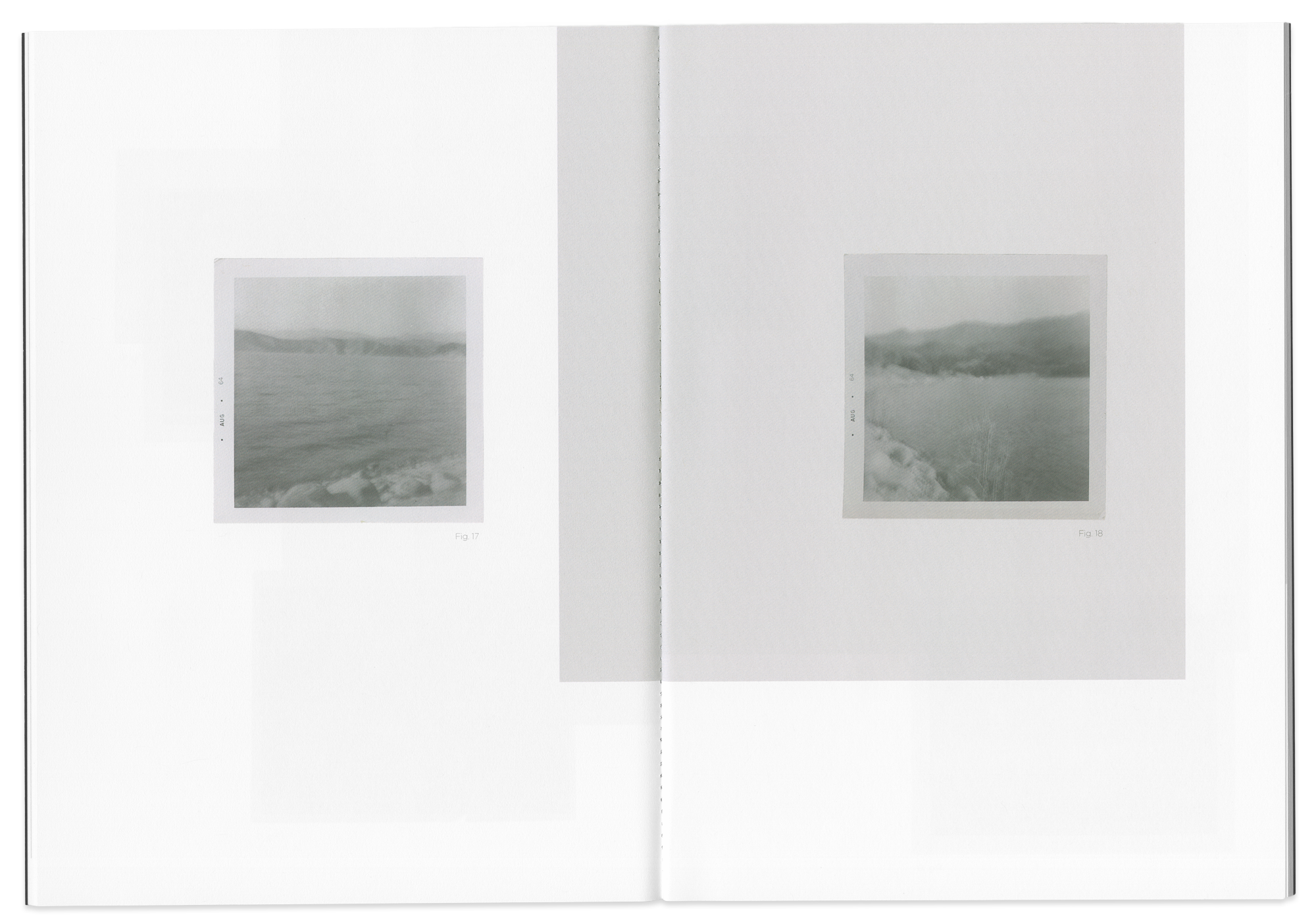
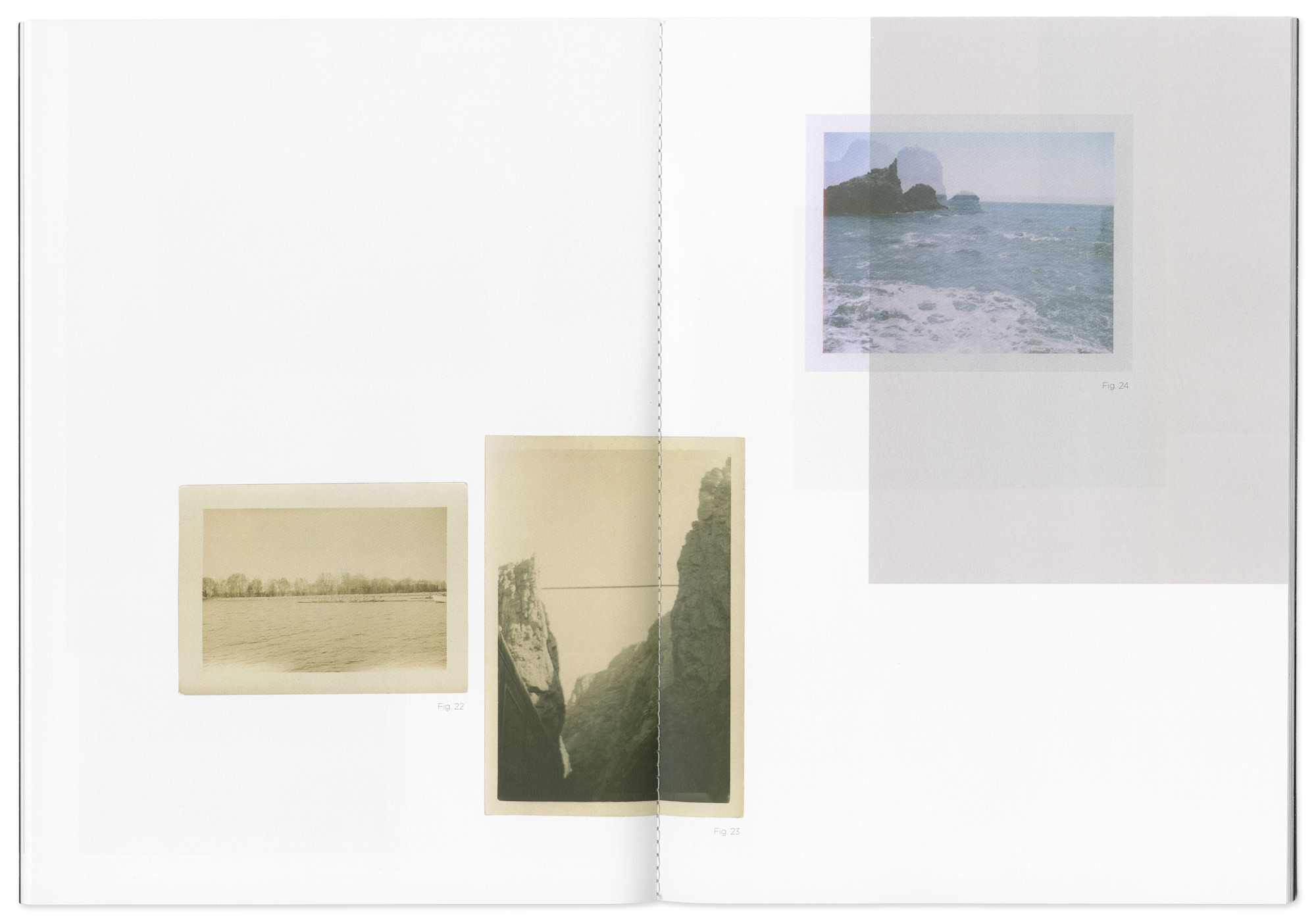

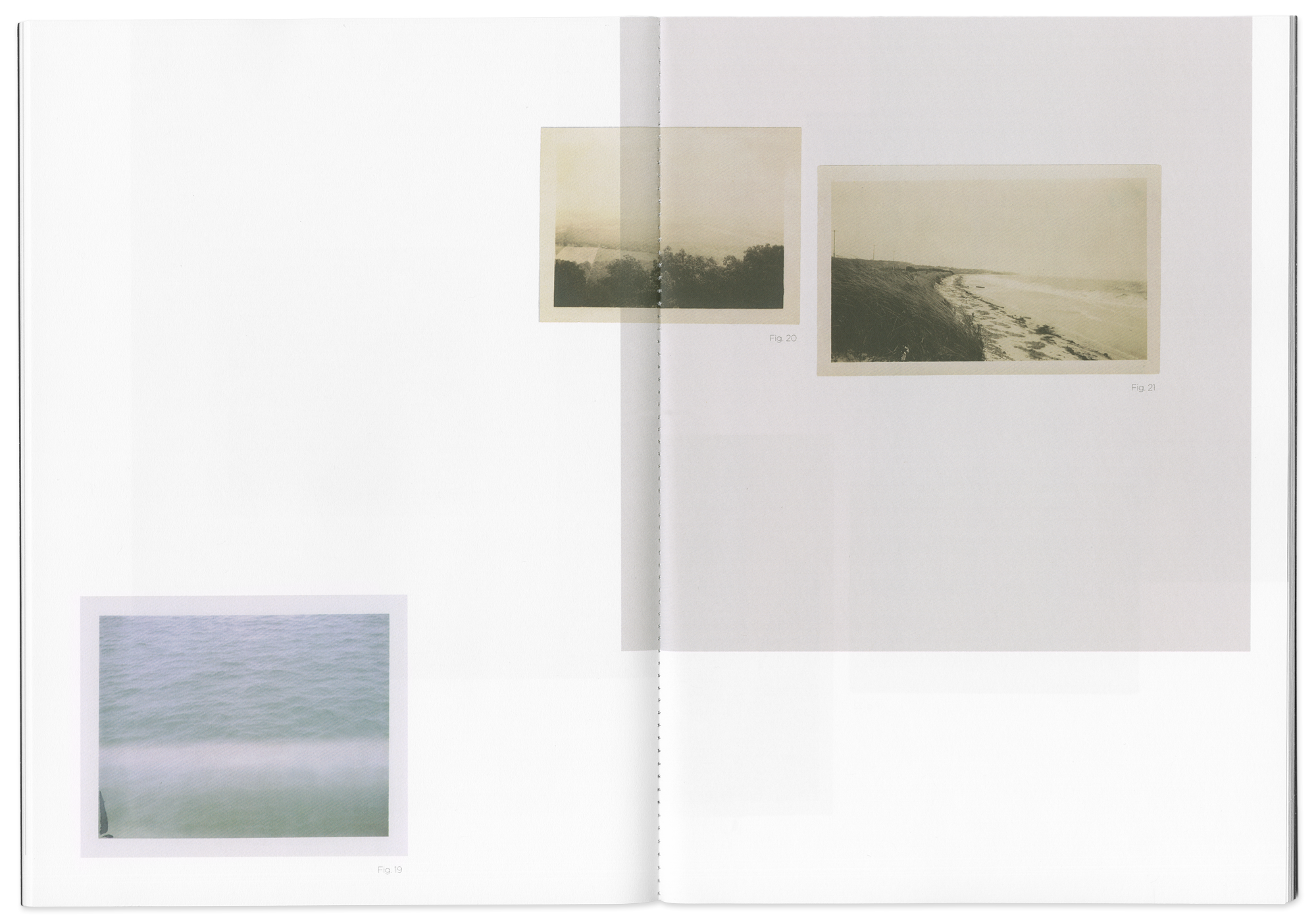
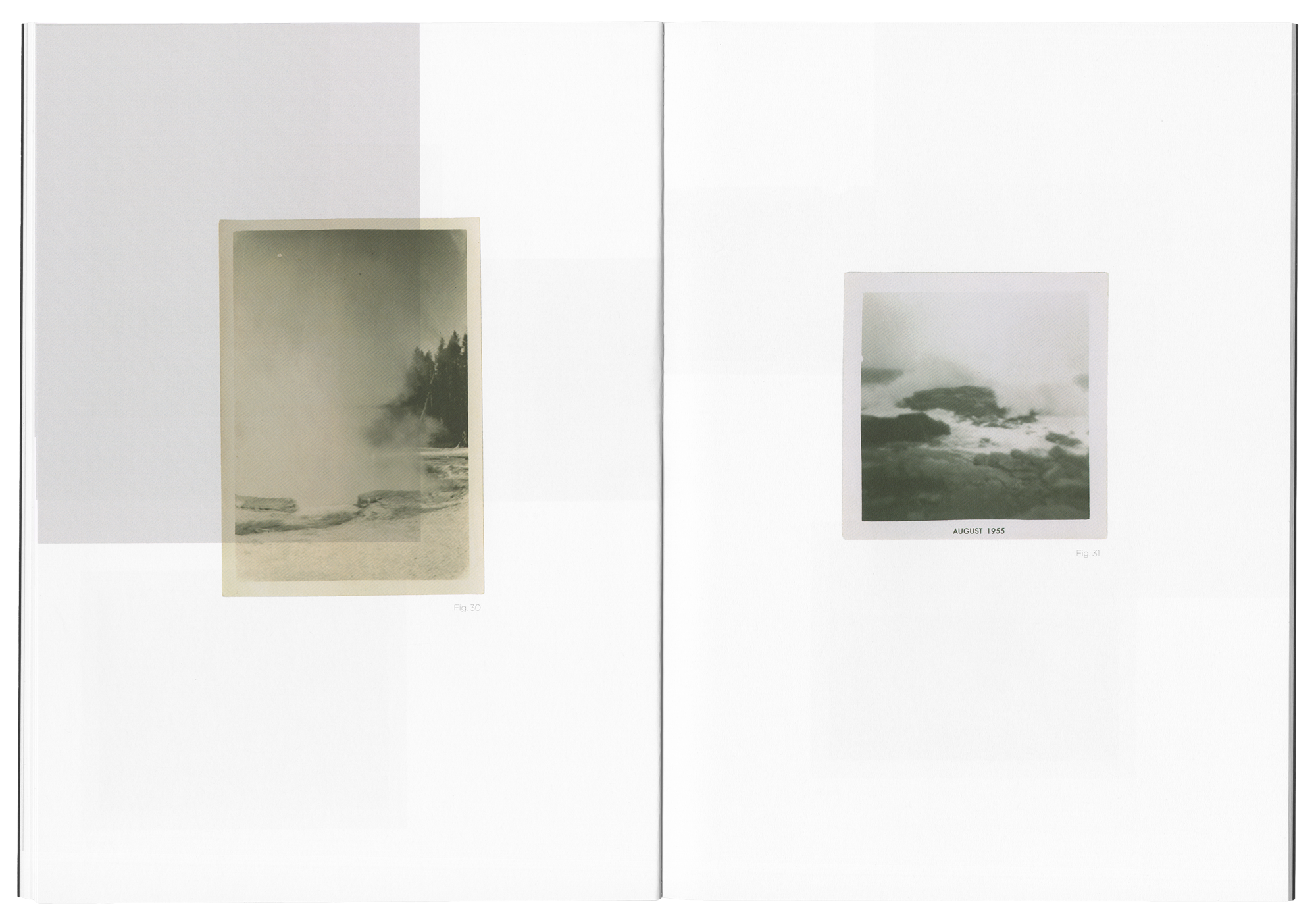
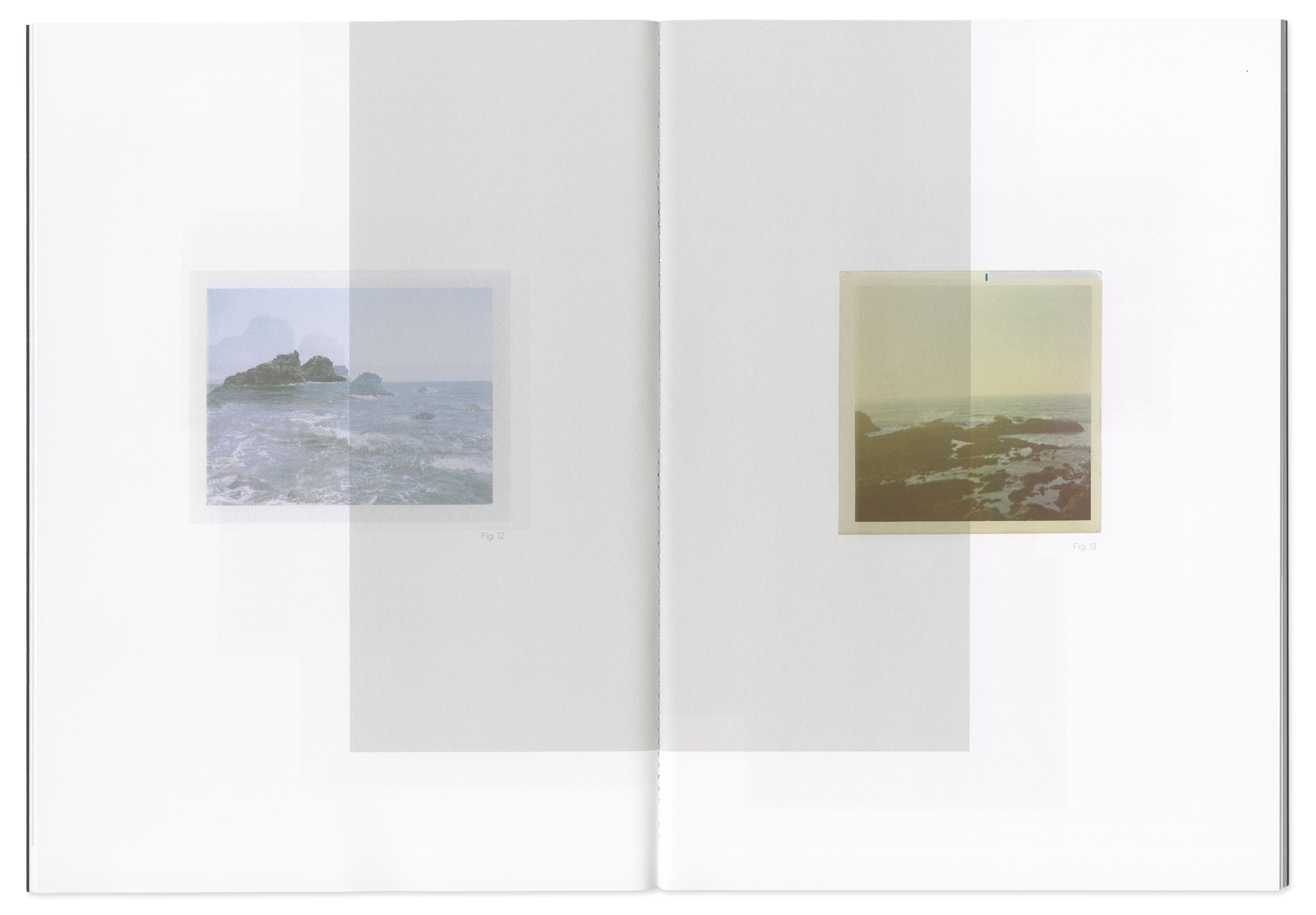
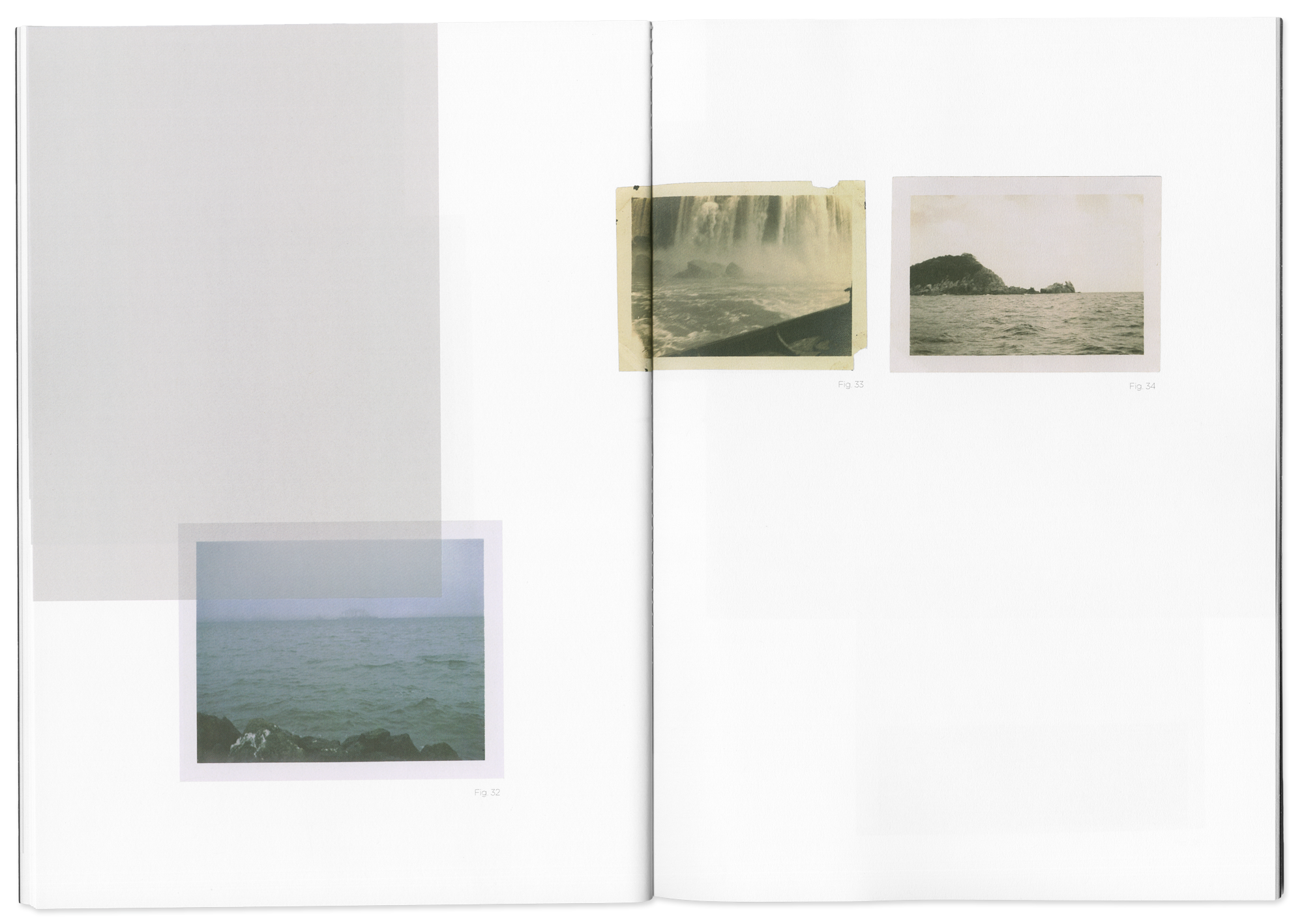



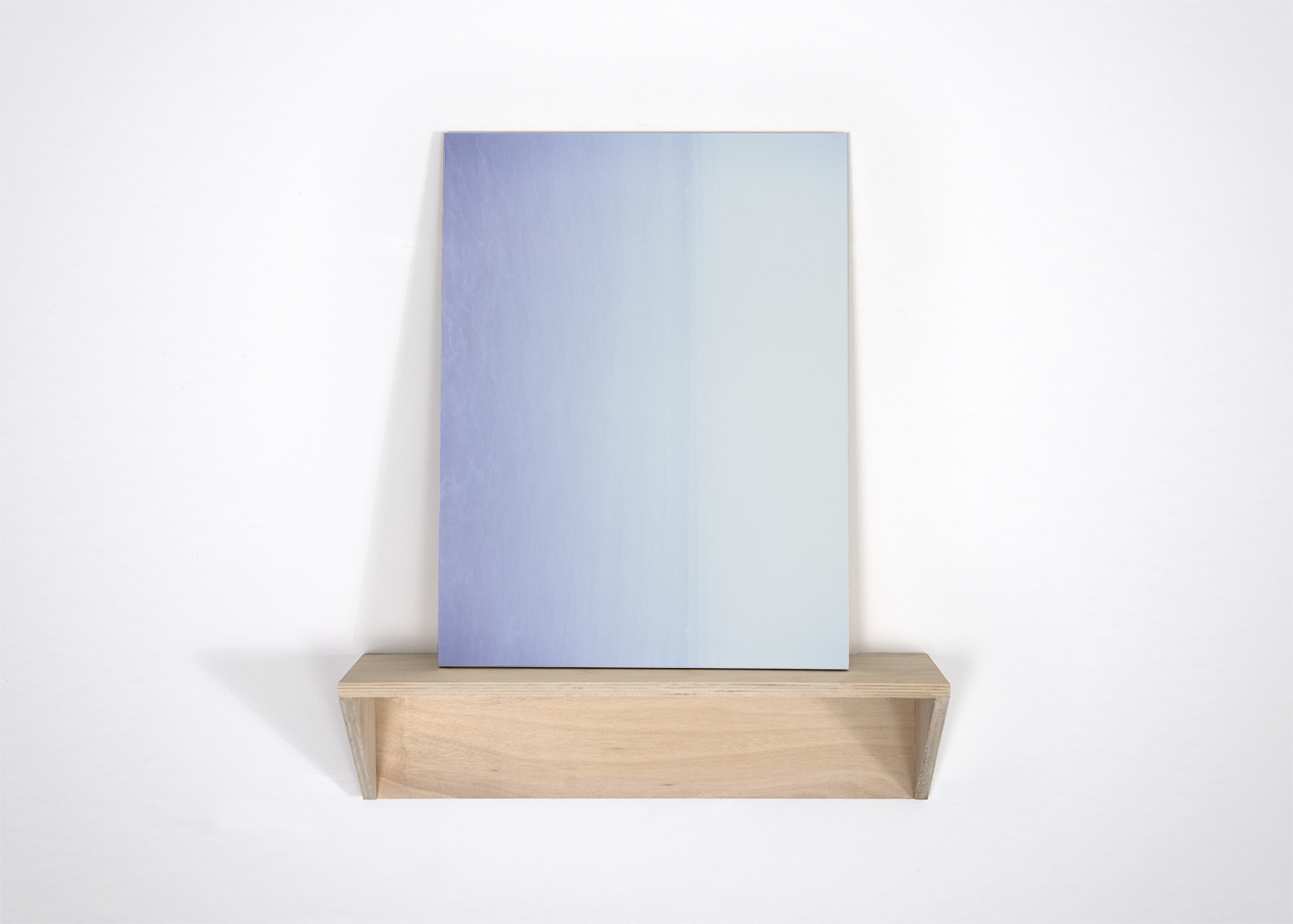
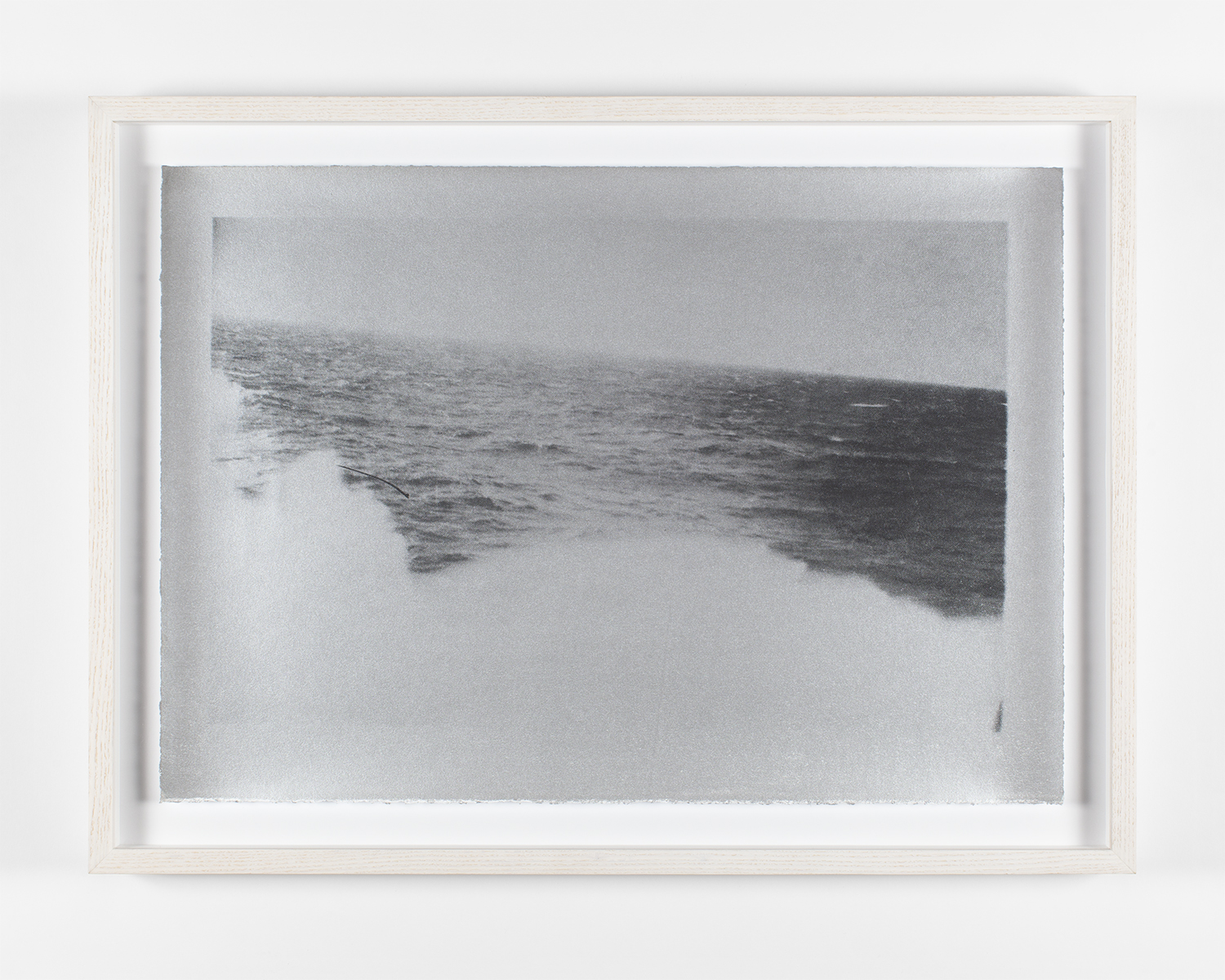
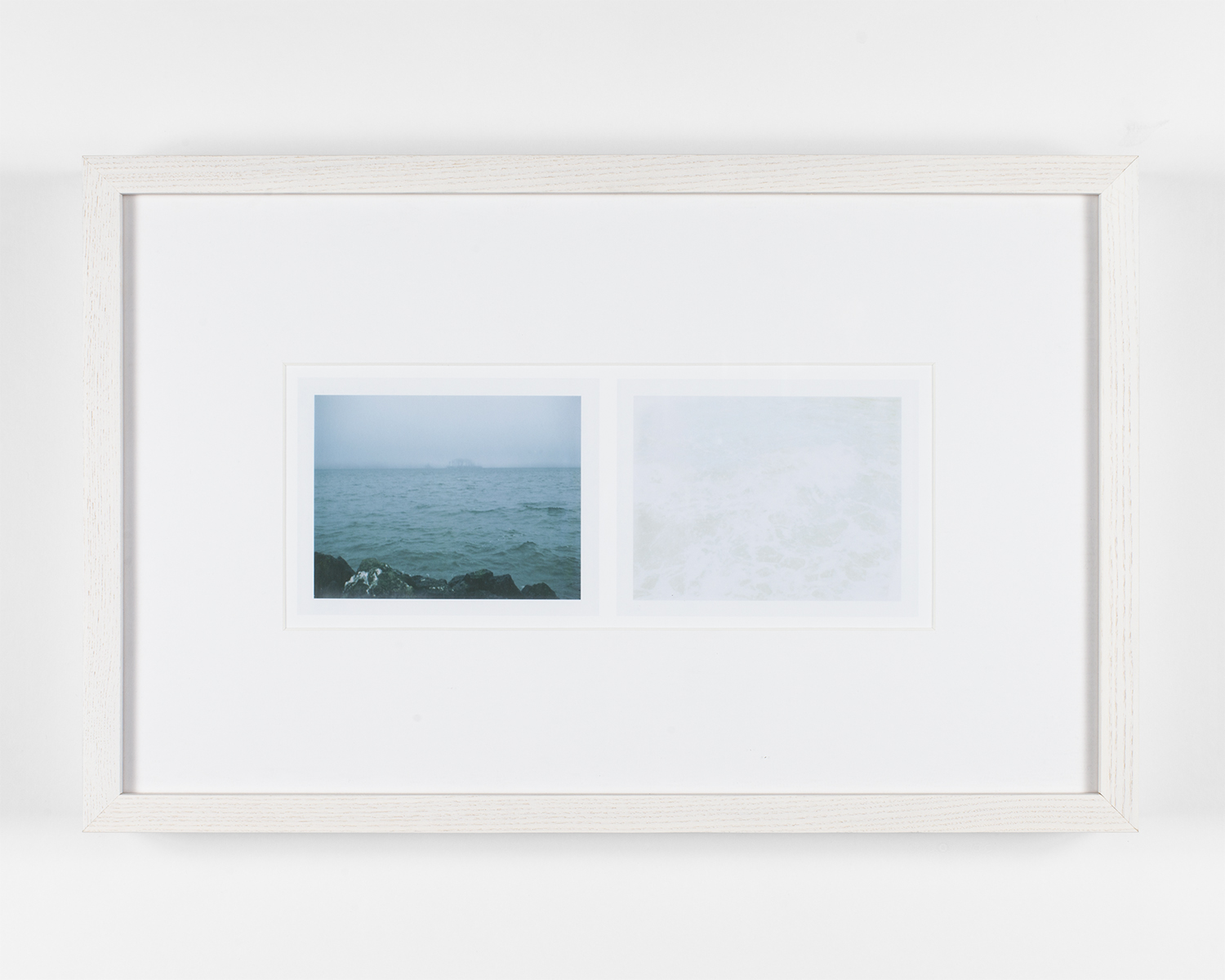


1. You were always somewhere else.
2. Like a fragment of light on the visible spectrum. Photons shrouded in a sea of endless distances.
3. ‘The classical authors tried to explain disorders in general within the framework of the humoral theory of Empedokles, which was valid at that time: the four body fluids (yellow bile, phlegm, black bile, blood) were said to be at such times out of balance. Aristotle was the first to explain seasickness on the basis of the humoral theory.’ A Historical View of Motion Sickness—A Plague at Sea and on Land, Also with Military Impact, Doreen Huppert, Judy Benson, and Thomas Brandt (US National Library of Medicine National Institutes of Health: Frontiers in Neurology [published online], 2017).
Image descriptions
1 For Seasickness (every love has its landscape) [detail], screen print on stonehenge, 2018
2 Somewhere else, digital offset broadsheet on newsprint, 2019
3 Always already repositioned, digital image from FP-100c film on panel, 2019
4 Seasickness (part three), digital images from FP-100c, 2019
5 Sunstruck, archival image, 2018
6 Absent-present ground (you were always somewhere else), screen prints on panel, 2018
7 The rest is missing, digital images from FP-100c and risograph, 2018
8 To find one's own shore, digital images from FP-100c film and risographs, 2018-19
9 This wasn’t meant to hurt you, neon, 2019
10 From [this moment of] time, digital image from FP-100c and risograph, 2018
11 [ ] plunges [ ] head into the clouds, screen print on stonehenge, 2018
12 Seasickness (part one), digital images from FP-100c, 2018
13 Seasickness (part two), digital image from FP-100c, 2018